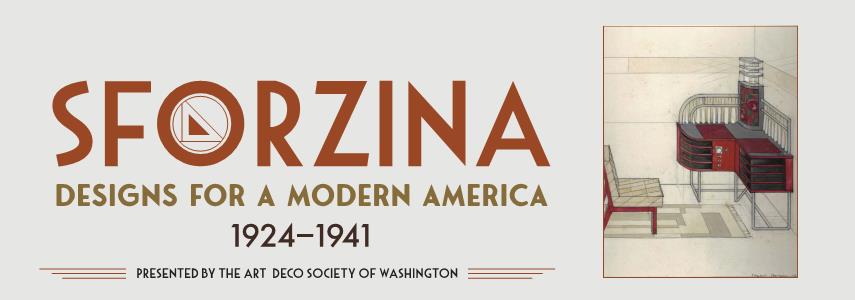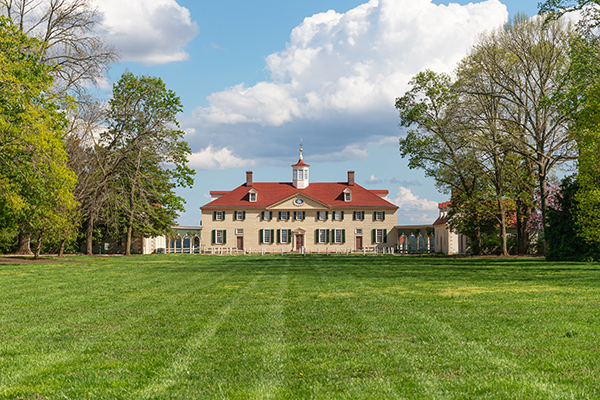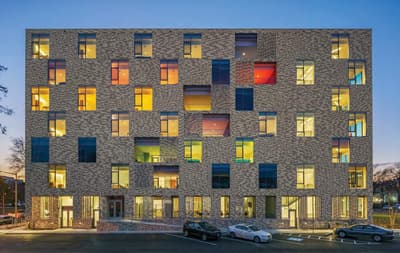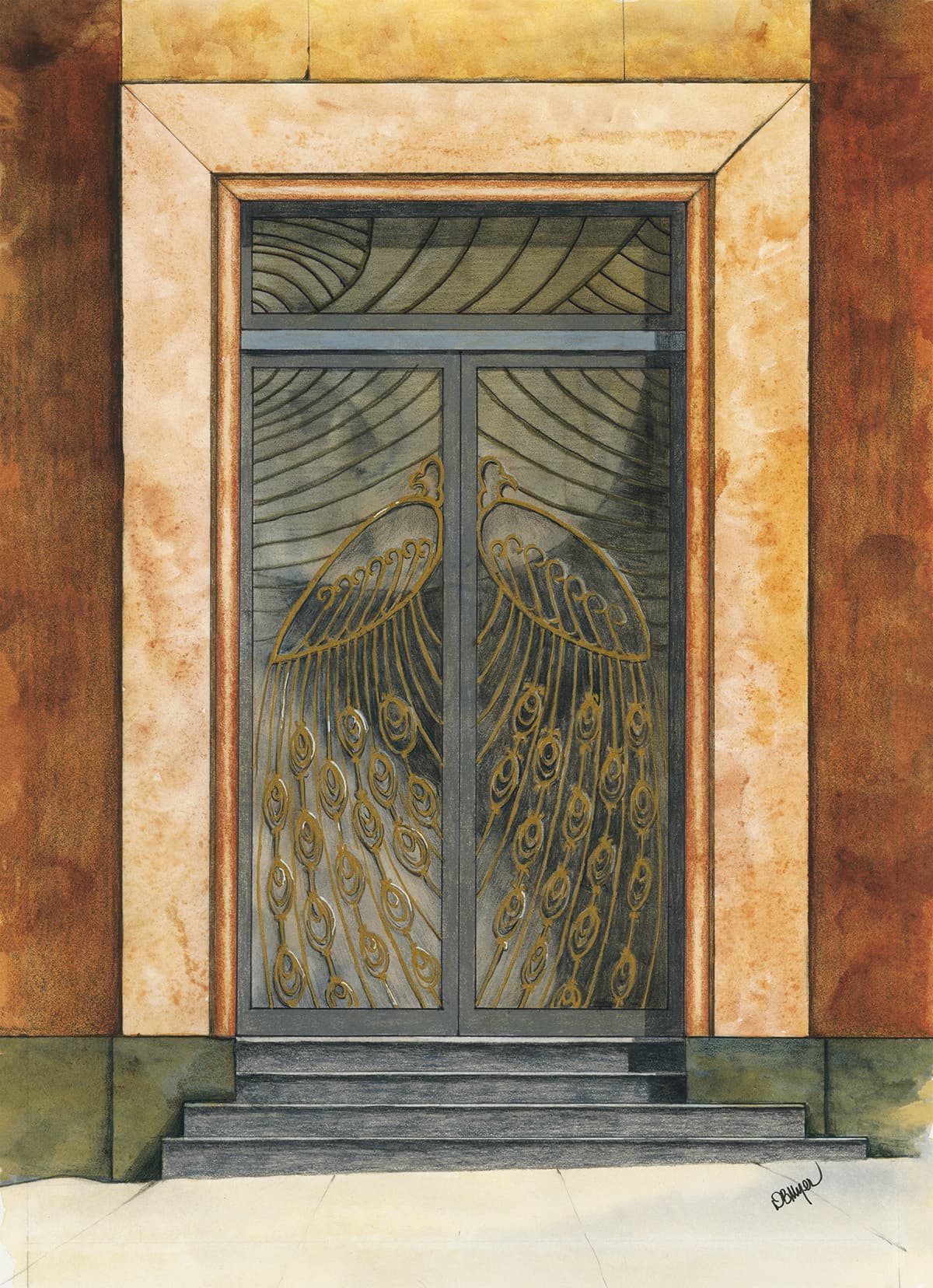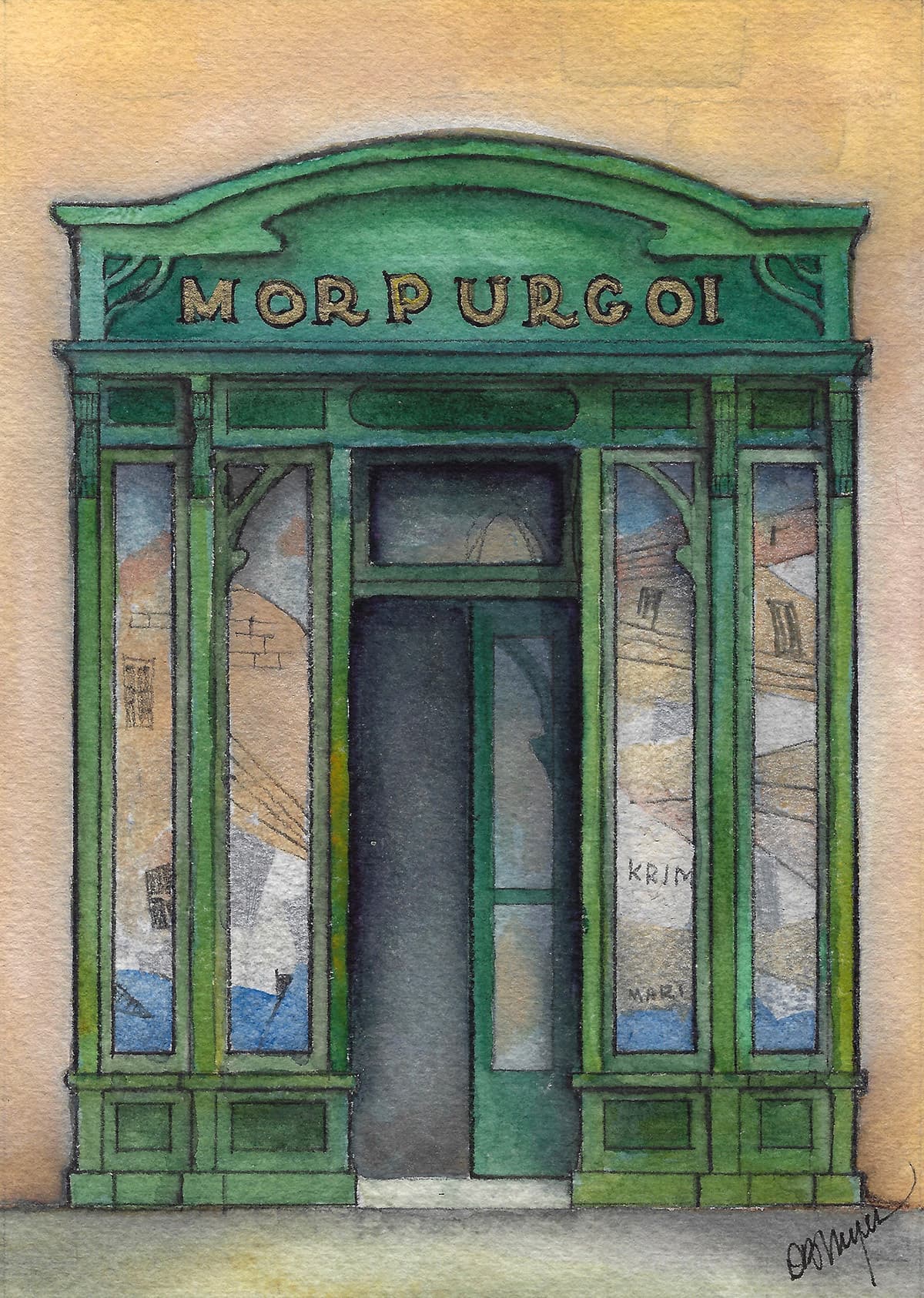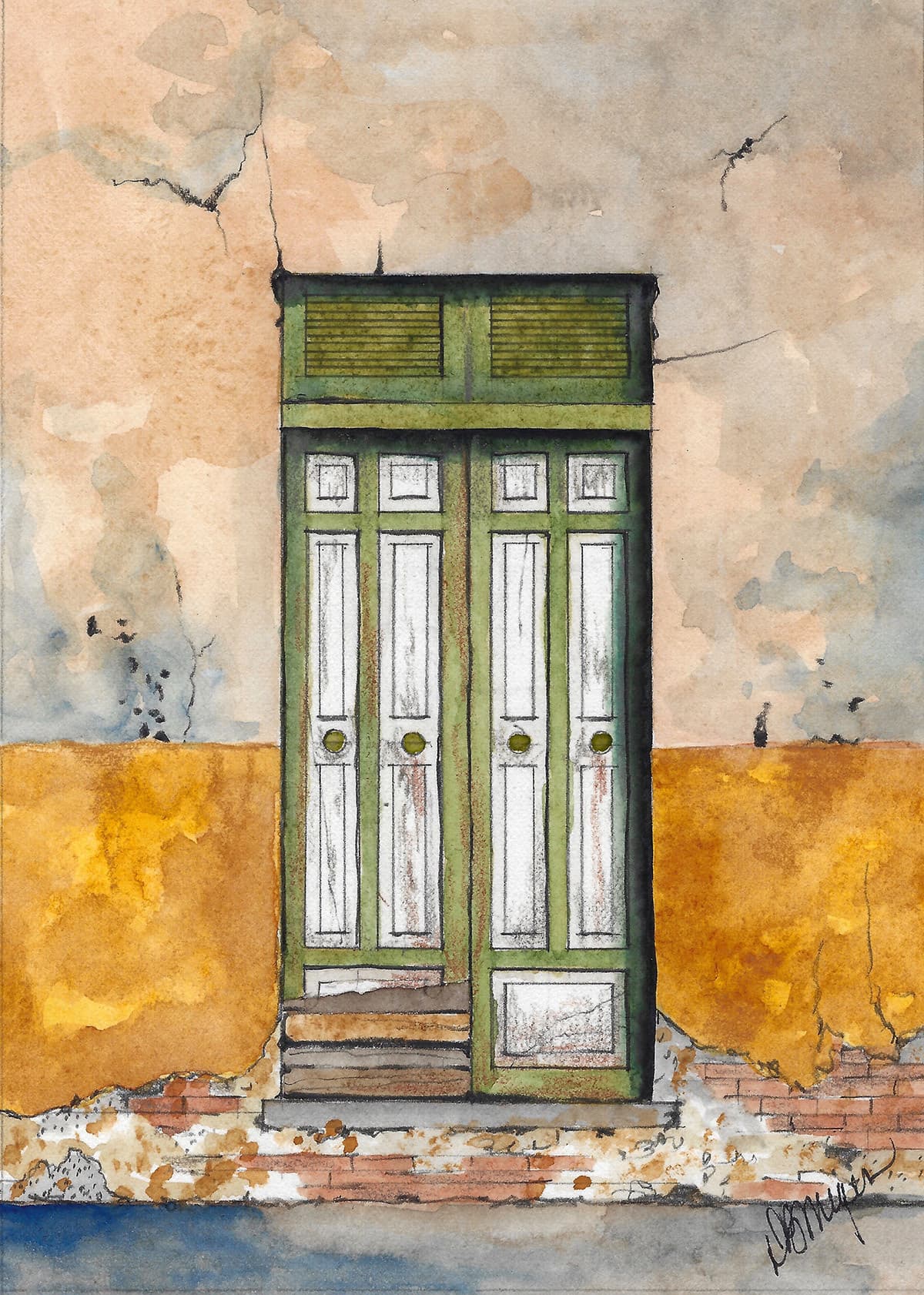-
Date
Tuesday, February 07 2023-Wednesday, May 10 2023
-
Time
Multi-day event.
-
Location
Influenced by American Realism and mid-century modern graphic design, artist Jack Hornady fuses two timeless subjects in his colorful paintings: architecture and automobiles.
Hornady, a Connecticut native living in Maryland, is drawn to the past—memories from his childhood in the early 1970’s, when minimalist roadside buildings still dotted the landscape and cruiser cars ruled the open roadways. For onlookers and collectors alike, who share a connection to this era, Hornady’s paintings will lead you down memory lane.
Step back in time with 21 dreamy scenes on view in Jack Hornady: Road Trip. Reminisce about this bygone era with vintage roadside diners, retro motels, mid-century office buildings, and obscure strip malls. Imagine road trips in a 1963 Pontiac Catalina, 1956 Ford Fairlane, and other classic cars.
Selected Images

Images:
Bowling League, Acrylic on Canvas, 24 in. x 24 in. (left)
Candy Apple Red Cadillac, Acrylic on Canvas, 24 in. x 24 in. (middle)
Department Store, Acrylic on Canvas, 24 in. x 24 in. (right)
Courtesy of Jack Hornady
About the Artist

Jack Hornady is an illustrator, painter, and educator originally from Connecticut. He teaches graphic design at American University and has worked with local youth to encourage their creativity. His artwork, featured nationally in group exhibitions, can be found in corporate and private collections across the U.S. Hornady earned a Bachelor of Fine Arts from the Rhode Island School of Design.
Acknowledgements
Jack Hornady: Road Trip is organized by AIA|DC in cooperation with Jack Hornady for the Suman Sorg Gallery. The exhibition is made possible with generous support from the DC Commission on the Arts and Humanities. Additional support provided by Sustaining Firm Affiliate Members.
Executive Director: Mary Fitch, AICP, Hon. AIA
Director of Exhibitions and Public Programs: Scott Clowney, Assoc. AIA
Art Handler: Hank Griffith
Print Production: BluEdge


